Hyundai Kona vs SsangYong Tivoli – Which model is better for everyday use?
Everyday use, family trips or long-distance drives – here’s where the differences show.
Discover whether Hyundai Kona or SsangYong Tivoli fits your lifestyle better.
Costs and Efficiency:
Looking at overall running costs, both models reveal some interesting differences in everyday economy.
SsangYong Tivoli has a barely noticeable advantage in terms of price – it starts at 21400 £, while the Hyundai Kona costs 23100 £. That’s a price difference of around 1637 £.
Fuel consumption also shows a difference: Hyundai Kona manages with 4.60 L and is therefore convincingly more efficient than the SsangYong Tivoli with 7 L. The difference is about 2.40 L per 100 km.
Engine and Performance:
Under the bonnet, it becomes clear which model is tuned for sportiness and which one takes the lead when you hit the accelerator.
When it comes to engine power, the Hyundai Kona has a clearly perceptible edge – offering 218 HP compared to 163 HP. That’s roughly 55 HP more horsepower.
In terms of top speed, the Hyundai Kona performs somewhat better – reaching 210 km/h, while the SsangYong Tivoli tops out at 181 km/h. The difference is around 29 km/h.
There’s also a difference in torque: SsangYong Tivoli pulls minimal stronger with 280 Nm compared to 265 Nm. That’s about 15 Nm difference.
Space and Everyday Use:
Cabin size, boot volume and payload all play a role in everyday practicality. Here, comfort and flexibility make the difference.
Both vehicles offer seating for 5 people.
In curb weight, Hyundai Kona is minimal lighter – 1370 kg compared to 1375 kg. The difference is around 5 kg.
In terms of boot space, the SsangYong Tivoli offers evident more room – 720 L compared to 466 L. That’s a difference of about 254 L.
In maximum load capacity, the SsangYong Tivoli performs hardly perceptible better – up to 1440 L, which is about 140 L more than the Hyundai Kona.
When it comes to payload, Hyundai Kona minimal takes the win – 490 kg compared to 455 kg. That’s a difference of about 35 kg.
Who wins the race?
The Hyundai Kona proves to be leaves the rival little chance and therefore becomes our DriveDuel Champion!
Hyundai Kona is the better all-rounder in this comparison.
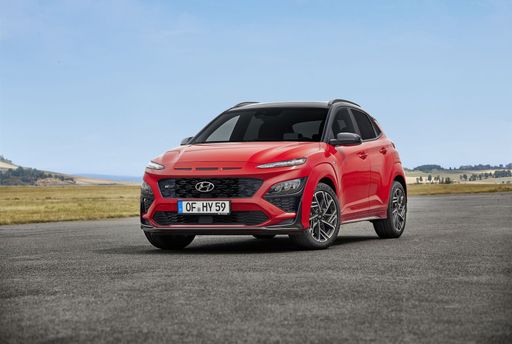
Hyundai Kona
Hyundai Kona
The Hyundai Kona blends a bold design with a versatile interior, making it a standout choice in the compact SUV market. Its crisp handling and responsive steering provide an engaging driving experience, whether in the city or on the open road. The vehicle also offers a range of features designed to enhance comfort and connectivity, ensuring a pleasurable journey for both driver and passengers.
details @ hyundai.news
@ hyundai.news
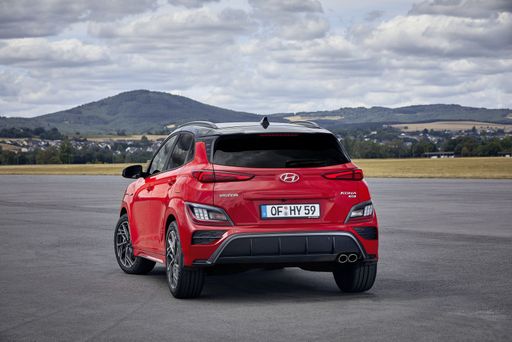 @ hyundai.news
@ hyundai.news
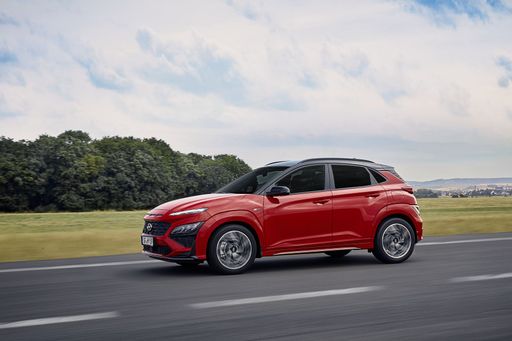 @ hyundai.news
@ hyundai.news
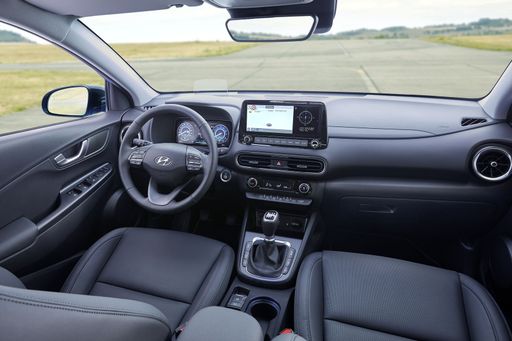 @ hyundai.news
@ hyundai.news
SsangYong Tivoli
The SsangYong Tivoli is a compact SUV that seamlessly blends style with practicality, making it an appealing choice for urban drivers. Its sleek design is complemented by a well-crafted interior, offering a comfortable and spacious experience for passengers. With its reliable performance and modern features, the Tivoli stands out as a versatile option in the competitive compact SUV market.
details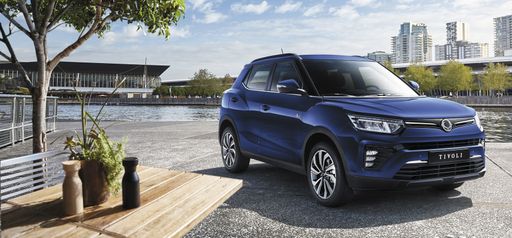 @ Ssangyong
@ Ssangyong
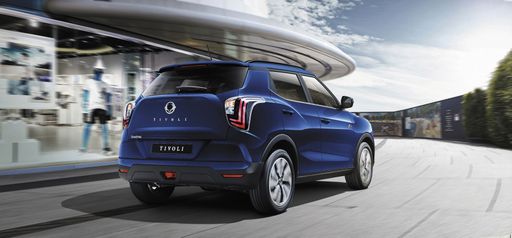 @ Ssangyong
@ Ssangyong
 @ Ssangyong
@ Ssangyong

|

|
|
|
|
Costs and Consumption |
|
|---|---|
|
Price
23100 - 41600 £
|
Price
21400 - 30300 £
|
|
Consumption L/100km
4.6 - 7 L
|
Consumption L/100km
7 - 8.3 L
|
|
Consumption kWh/100km
14.6 - 16.8 kWh
|
Consumption kWh/100km
-
|
|
Electric Range
377 - 514 km
|
Electric Range
-
|
|
Battery Capacity
1.3 - 65.4 kWh
|
Battery Capacity
-
|
|
co2
0 - 163 g/km
|
co2
161 - 191 g/km
|
|
Fuel tank capacity
38 - 47 L
|
Fuel tank capacity
50 L
|
Dimensions and Body |
|
|---|---|
|
Body Type
SUV
|
Body Type
SUV
|
|
Seats
5
|
Seats
5
|
|
Doors
5
|
Doors
5
|
|
Curb weight
1370 - 1773 kg
|
Curb weight
1375 - 1492 kg
|
|
Trunk capacity
466 L
|
Trunk capacity
395 - 720 L
|
|
Length
4350 - 4385 mm
|
Length
4225 - 4480 mm
|
|
Width
1825 mm
|
Width
1810 mm
|
|
Height
1580 - 1585 mm
|
Height
1613 - 1646 mm
|
|
Max trunk capacity
1300 L
|
Max trunk capacity
1115 - 1440 L
|
|
Payload
420 - 490 kg
|
Payload
425 - 455 kg
|
Engine and Performance |
|
|---|---|
|
Engine Type
Electric, Petrol, Full Hybrid
|
Engine Type
Petrol
|
|
Transmission
Automatic, Manuel
|
Transmission
Manuel, Automatic
|
|
Transmission Detail
Manual Gearbox, Dual-Clutch Automatic
|
Transmission Detail
Manual Gearbox, Automatic Gearbox
|
|
Drive Type
Front-Wheel Drive, All-Wheel Drive
|
Drive Type
Front-Wheel Drive, All-Wheel Drive
|
|
Power HP
115 - 218 HP
|
Power HP
163 HP
|
|
Acceleration 0-100km/h
7.8 - 11.9 s
|
Acceleration 0-100km/h
-
|
|
Max Speed
162 - 210 km/h
|
Max Speed
175 - 181 km/h
|
|
Torque
200 - 265 Nm
|
Torque
260 - 280 Nm
|
|
Number of Cylinders
3 - 4
|
Number of Cylinders
4
|
|
Power kW
85 - 160 kW
|
Power kW
120 kW
|
|
Engine capacity
998 - 1598 cm3
|
Engine capacity
1497 cm3
|
General |
|
|---|---|
|
Model Year
2024 - 2025
|
Model Year
2021 - 2024
|
|
CO2 Efficiency Class
A, D, C, E, F
|
CO2 Efficiency Class
F, G
|
|
Brand
Hyundai
|
Brand
SsangYong
|
Is the Hyundai Kona offered with different drivetrains?
Available configurations include Front-Wheel Drive or All-Wheel Drive.
The prices and data displayed are estimates based on German list prices and may vary by country. This information is not legally binding.
